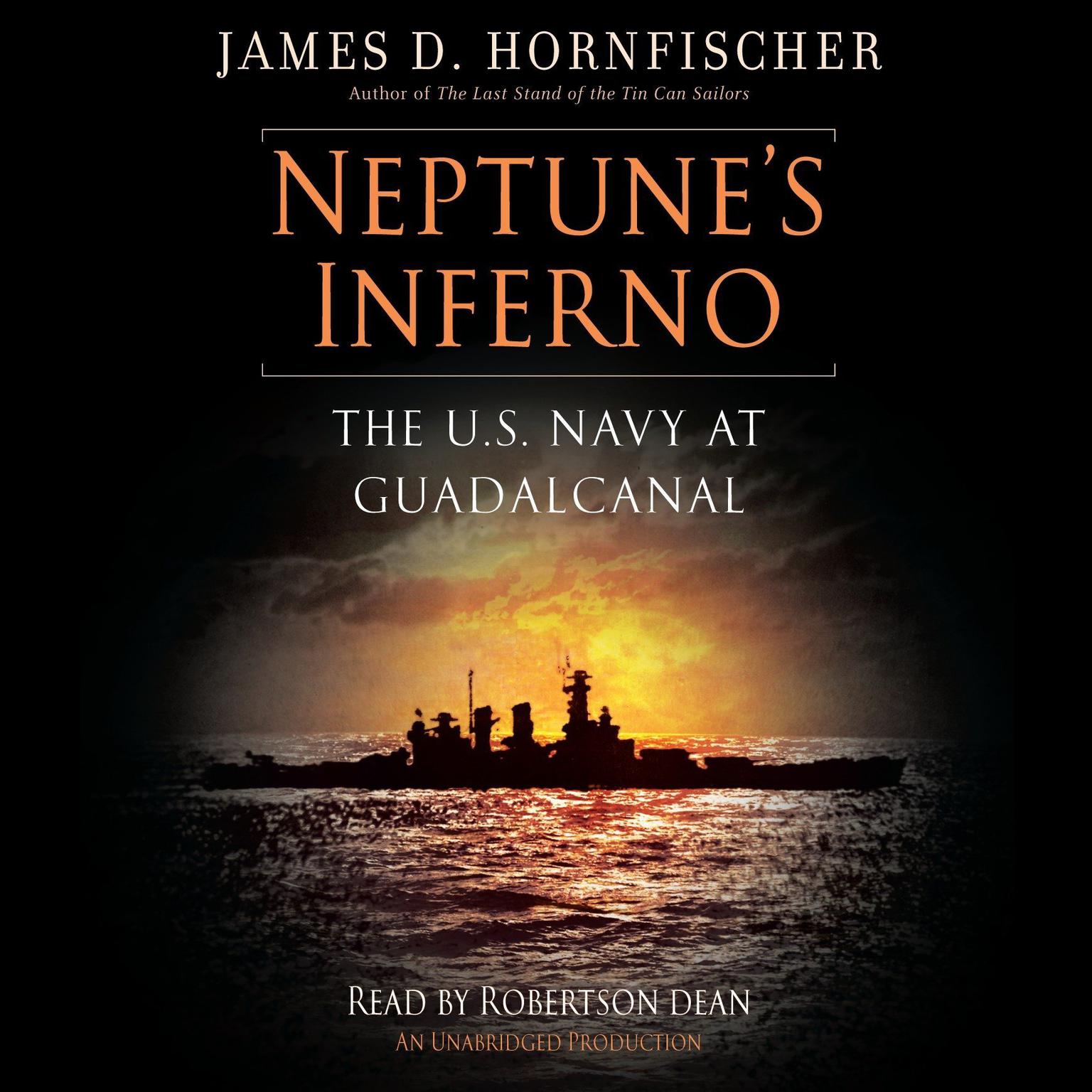Neptunes Inferno: The U.S. Navy at Guadalcanal
Contents:
All too often works on this campaign focus on the fighting on the island and only mention Admiral Fletcher deciding to withdraw the US naval forces and "abandon" the Marines on the island. It seems like everyone in the USA knows the history of the invasion of Guadalcanal. The naval battles around the island of Guadalcanal the largest island in the Solomons, located in the southwest Pacific were old-timey, throwback engagements. The Axis declared war on the countries of Poland, Great The short version first. Callaghan was untested in battle, did not understand the advantage of the SC radar.
The book had many stories of individual heroic actions by both the sailors and their officers. This a remarkable look at warfare.
See a Problem?
Up close and personal. Anyone in national politics should have to read this; there are a thousand ways to die in battle and they are mostly pretty horrific.
That to me is the main reason to read this book. The overall story of Guadalcanal is very tough to tell in one book, and perhaps because I'm new to it I got lost a few times back on track with the help of the web. I think more pictures would help, with timetables: Along those lines, I'm not sure the book has a thematic coherence. What I mean is, besides the blow-by-blow, what is the overarching theme? That to me is a compelling reason to buy a book. One thing that really got my attention here was the inability of some officers to come to grips with the possibilities of radar.
Neptune’s Inferno
What was that about? For those in the know, this is an issue that has its start at Pearl Harbor some radar techs did see the blips on the screen and did phone them in but were ignored.
- The Last Silent Picture Show: Silent Films on American Screens in the 1930s.
- Clientes que compraram este item também compraram!
- Tryst of Fate: Episode 3 (When, Were, & Howl Series).
- What Would Google Do?: Reverse-Engineering the Fastest Growing Company in the History of the World?
- Neptune's Inferno by James D. Hornfischer | bahana-line.com!
- Choices: Taking Control of Your Life and Making It Matter!
- !
But really, the awfulness of dying in war might really be theme that the author overlooked. While not organized as such, the raw material is in the book, and, again, makes it worth reading by any politician or for that matter citizen.
- Neptune's Inferno: The U.S. Navy at Guadalcanal - Livros na Amazon Brasil- ;
- Hypertension in the Elderly: Pocketbook.
- Suffer the Little Children.
- ?
- Explorers Guide Memphis & the Delta Blues Trail: A Great Destination (Explorers Great Destinations).
Guadalcanal was Japan's version of Stalingrad where irreplaceable lives and resources were expended in a desperate battle against an adversary that seemed to have endless supplies of both. The problem with that is the lack of knowledge among the public. No battle in WW II was more awesome or bloody in the depth of effort by both sides, almost Homeric when the total picture is known.
Neptune's Inferno: The U.S. Navy at Guadalcanal
All this becomes crystal clear thanks to the excellent narrative of the book. There is much detail presented but not too much to cause loss of focus on the problems of leadership demonstrated by both sides. To use a football analogy, the IJN seemed to always have their first team on the field, knowing how to call the right plays and what to do with the ball. The USN suffered from overconfidence, inattentiveness to the intelligence available and lack of any idea at all how to conduct surface battles.
Neptune's Inferno: The U.S. Navy at Guadalcanal by James D. Hornfischer
The IJN had equality in fighting ships but absolute superiority in torpedos and their use as well as better training in night actions. USN torpedoes were long known to be deficient. While the USN had a tactical leadership problem the IJN seemed to lack an attainable strategic plan, other than to grab and hang on. In some ways the book is a tough read because the pattern appears quickly that bad leadership is getting a lot of people killed. Mar 06, Pages Buy. Jan 25, Pages Buy. Jan 25, Minutes Buy.
The U.S. Navy at Guadalcanal
Mar 06, Pages. Jan 25, Pages. Jan 25, Minutes. It tells the gripping human stories behind the momentous events and critical decisions that altered the course of history and shaped so many lives. Now he does the same for the deadliest, most pivotal naval campaign of the Pacific war: This grim, protracted campaign has long been heralded as a Marine victory.

But at Guadalcanal the U. It cuts through the smoke and fog to tell the gripping human stories behind the momentous events and critical decisions that altered the course of history and shaped so many lives.
This is a thrilling achievement from a master historian at the very top of his game. All of his books have been New… More about James D. Navy at Guadalcanal The U. Navy at Guadalcanal By James D. Hornfischer By James D.
- He-Motions: Even Strong Men Struggle
- Stories From The Dance Of Life--Vol. 3
- Icons of Hip Hop [2 volumes]: An Encyclopedia of the Movement, Music, and Culture (Greenwood Icons)
- IQ and Psychometric Test Workbook: Essential Preparation for Verbal Numerical and Spatial Aptitude T
- Awakening to Mindfulness: 10 Steps for Positive Change (Ministrone for the Mind)
- 1 & 2 Thessalonians: A Message for Troubled Times (The Disciples Bible Commentary Book 43)
- Clinical Malignant Hematology